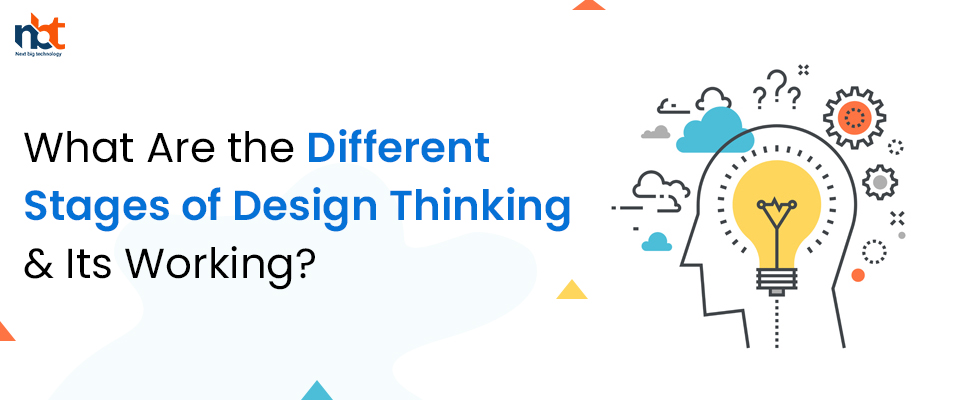Design thinking began as a cycle for making smooth innovations and items. However, this procedure is presently generally utilized across both the private and public areas, for business and individual ventures, all around the globe.
A design thinking approach was advocated by design firm IDEO. The strategies that acquired energy in the bigger business world after Tim Brown, the CEO of IDEO. Today, quite possibly the most well-known course at Stanford University is designing your life, which applies design thinking to building a euphoric vocation and life.
This is what design believing is, how it works, and why it’s significant as mentioned by the mobile app development company experts.
Five Different Phases of the design thinking
- Sympathize
In this first stage, the designer notices consumers acquire a more profound comprehension of how they cooperate with or are influenced by an item or issue. The perceptions should occur with compassion, which means retaining judgment and not granting assumptions of what the customer needs. Seeing with compassion is amazing because it can uncover issues the customer didn’t realize they had or that they couldn’t themselves express. Starting here, it’s more clear the human requirement for which you are designing.
- Characterize
In this subsequent stage, you accumulate your perceptions from the primary stage to characterize the issue you’re attempting to settle. Consider the troubles that your shoppers are catching up on against, what they consistently battle with, and what you’ve gathered from how they’re influenced by the issue. When you orchestrate your discoveries, you can characterize the difficulty they face.
- Ideate
The following stage is to conceptualize thoughts regarding how to tackle the issue you’ve distinguished. These ideation meetings could be in a gathering, where your group accumulates in an office space that energizes imagination and cooperation or should be possible performance. The significant part is to create a lot of various thoughts. Toward the finish of this cycle, you’ll concoct a couple of thoughts with which to push ahead.
- Model
This is the stage that transforms thoughts into a genuine arrangement. Models are not intended to be awesome. The purpose of a model is to come out rapidly with a solid variant of the design to perceive how it is acknowledged by shoppers. Instances of models incorporate a greeting page to test buyer want for an item or a video that exhibits smoothed out calculated cycles.
- Test
When you give a prototyped answer for consumers, you should see how they interface with it. This testing stage is the one wherein you gather criticism on your work. The design thinking measure is an iterative, instead of a straight, one. Toward the finish of the fifth stage, you’ll probably need to return to one or a few different stages. Maybe the testing has indicated you need to build up another model, for which you’d re-visitation of the fourth stage.
What Industries&RolesCan Profit by Design Thinking?
While Design thinking started with creators, it is presently broadly utilized by individuals from all controls. Indeed, even among design offices, the work is broadly cross-utilitarian: IDEO and comparable offices recruit non-developers – Gourmet specialists, developers, social researchers, scholars, and incorporate them into their undertaking groups to add viewpoint. To get such design thinking, feel free to hire a mobile app developer from our professionals.

















